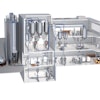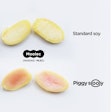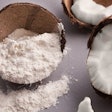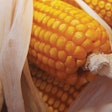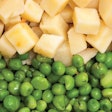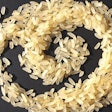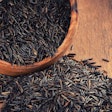Just do a quick Google search on the terms corn and dog food, cat food, or pet food and you’ll likely come up with a number of “interesting” statements, mostly to the negative.
Corn: Digestive curse or culinary delight?
Just do a quick Google search on the terms corn and dog food, cat food, or pet food and you’ll likely come up with a number of “interesting” statements, mostly to the negative.

